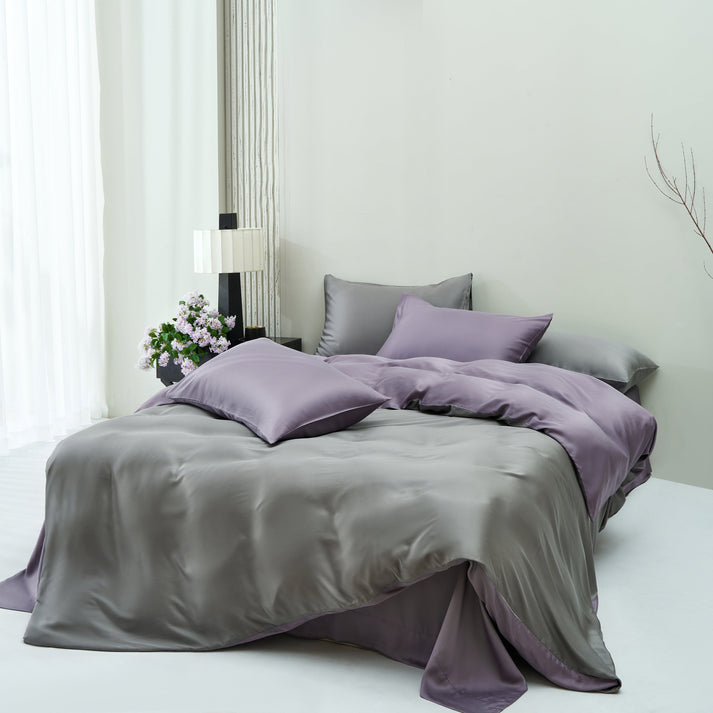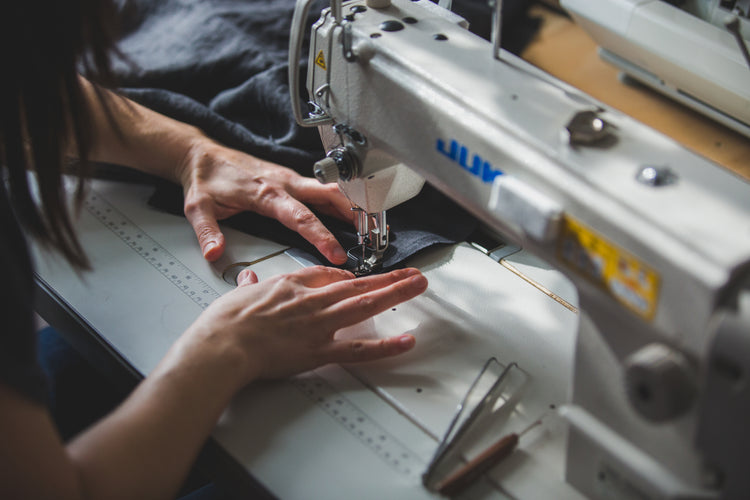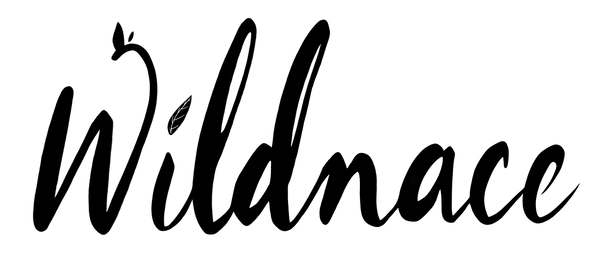
Duvet vs. Duvet Cover: What’s the Difference?
Share
Table of Contents
- Introduction
- What Is a Duvet?
- What Is a Duvet Cover?
- Key Differences Between a Duvet and a Duvet Cover
- Benefits of Using a Duvet
- Benefits of Using a Duvet Cover
- How to Use a Duvet with a Cover
- Why Choose Wildnace Bedding?
- Summary Table
Introduction

When it comes to bedding, many people use the terms duvet and duvet cover interchangeably. However, they are two distinct components that serve different purposes. Understanding the difference can help you choose the right bedding for your comfort, cleanliness, and sleep quality. In this guide, we’ll break down the key differences and help you determine which products best suit your needs.
What Is a Duvet?
A duvet is a type of bedding insert, typically filled with natural down, feathers, wool, or synthetic fibers. It is designed to provide insulation and comfort as a top layer on your bed.
Features of a Duvet
- Filling: Commonly filled with goose down, duck down, or alternative fibers.
- Thickness: Often thick and fluffy, perfect for warmth.
- Non-decorative: Typically plain and not meant to be used without a cover.
What Is a Duvet Cover?

CLOUDTOUCH 100% Lyocell+ Duvet Cover
A duvet cover is a removable fabric shell that protects your duvet and adds a decorative element to your bedding. It functions much like a pillowcase for a pillow.
Features of a Duvet Cover
- Material: Made from cotton, linen, bamboo, or other breathable fabrics.
- Closures: Typically has buttons, ties, or zippers to secure the duvet inside.
- Washability: Easy to remove and machine wash.
- Style: Comes in various colors and patterns to match your bedroom aesthetic.
Key Differences Between a Duvet and a Duvet Cover
While the duvet and duvet cover work together, their purposes and designs are quite different. Here’s how:
- Function: The duvet provides warmth and insulation, while the duvet cover offers protection and style.
- Construction: Duvets are filled; duvet covers are unfilled shells.
- Maintenance: Duvets require infrequent cleaning; duvet covers can be washed weekly or bi-weekly.
- Design: Duvets are often white or neutral; covers are available in numerous designs.
Benefits of Using a Duvet
- Superior Warmth: Ideal for colder climates or winter bedding.
- All-Season Options: Lightweight summer duvets and heavier winter duvets available.
- Minimal Bed Layers: Replaces the need for multiple blankets.
Benefits of Using a Duvet Cover
- Easy Maintenance: Simply remove and wash the cover for cleanliness.
- Versatility: Change your bedroom décor without replacing the duvet.
- Cost-Effective: Buying new covers is more affordable than buying new comforters.
- Protection: Shields the duvet from dirt, oils, and wear.
How to Use a Duvet with a Cover
To use a duvet cover:
- Turn the duvet cover inside out and lay it flat.
- Lay the duvet on top of the inside-out cover.
- Attach the corners using ties or fasteners if available.
- Roll the duvet and cover together like a burrito, flip it right side out, then shake it into place.
This method ensures even distribution and a quick, hassle-free setup.
Why Choose Wildnace Bedding?

At Wildnace Bedding Supply Store, we go beyond the basics of sleep comfort. We prioritize ethical sourcing, responsible production, and sustainable materials in every duvet and cover we offer. Our mission is to create bedding that’s not only luxurious and long-lasting but also gentle on the planet.
Our Products Include:
- Duvet Sets: Complete warmth and comfort in one purchase.
- Duvet Covers: Aesthetic and functional protection for your duvet.
- Sheet Sets & Separates: Breathable, soft, and ethically made fabrics.
- Pillowcases: Complements your bedding with thoughtful design and materials.
Choosing Wildnace means embracing natural simplicity and mindful living. Upgrade your sleep experience with products crafted for eco-conscious comfort.
Summary Table
| Feature | Duvet | Duvet Cover |
|---|---|---|
| Purpose | Provides warmth and insulation | Protects the duvet and adds style |
| Material | Filled with down, feathers, or synthetic fibers | Made from cotton, linen, bamboo, etc. |
| Cleaning | Cleaned infrequently (dry cleaning recommended) | Machine washable regularly |
| Appearance | Plain, not decorative | Available in various colors and patterns |
| Cost | More expensive due to filling | More affordable; easy to replace |
| Usage | Insert used inside the cover | Encases the duvet |
